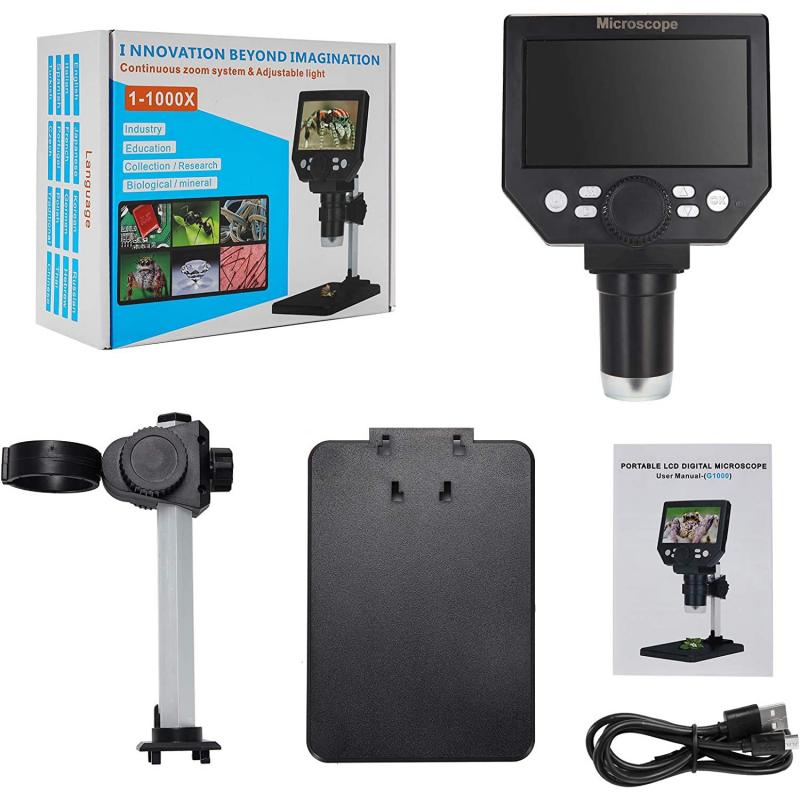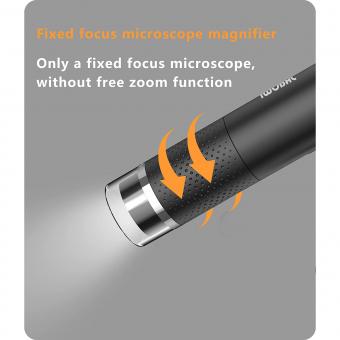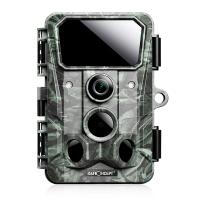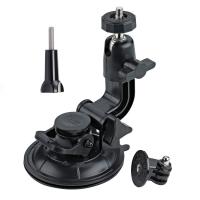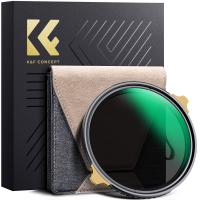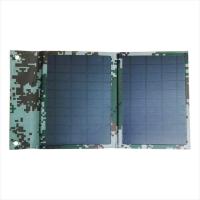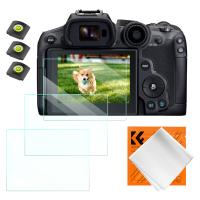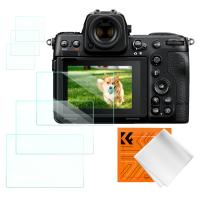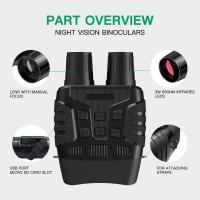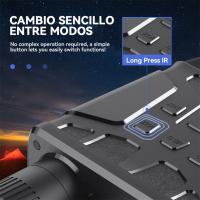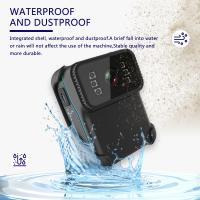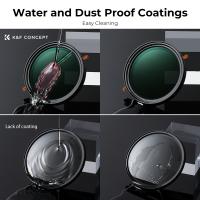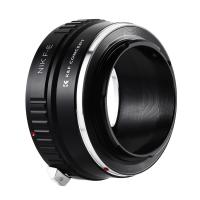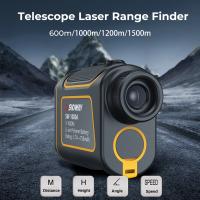How To Identify Fungi Under Microscope ?
To identify fungi under a microscope, you would typically start by preparing a slide with a small sample of the fungi. This can be done by placing a small piece of the fungi on a microscope slide and adding a drop of water or a staining solution. Next, cover the sample with a coverslip to prevent it from drying out.
Once the slide is prepared, you can observe the fungi under the microscope. Look for key features such as the shape and arrangement of the fungal cells, the presence of spores or reproductive structures, and any unique characteristics that can help with identification. It may be helpful to use different magnifications and lighting techniques to get a better view of the fungi.
Additionally, you can use specialized staining techniques, such as staining with lactophenol cotton blue, to enhance the visibility of certain structures or cell components. This can aid in the identification process.
It is important to note that identifying fungi under a microscope can be challenging and often requires expertise in mycology. Therefore, it is recommended to consult with a trained mycologist or refer to specialized literature or resources for accurate identification.
1、 Morphological characteristics of fungal structures under the microscope
To identify fungi under a microscope, it is essential to examine their morphological characteristics. Here is a step-by-step guide on how to identify fungi under a microscope:
1. Sample preparation: Collect a small piece of the fungal specimen and place it on a microscope slide. Add a drop of water or a mounting medium to the slide to prevent the specimen from drying out.
2. Microscope setup: Use a compound microscope with appropriate magnification (typically 400x or higher) and adjust the lighting to achieve optimal visibility.
3. Observe the hyphae: Fungi consist of thread-like structures called hyphae. Look for hyphae on the slide, which may appear as thin, branching filaments. Pay attention to their color, thickness, and branching patterns.
4. Examine the spores: Fungi reproduce through spores, which can vary in shape, size, and color. Look for spores on the hyphae or in specialized structures such as fruiting bodies. Measure their dimensions and note any distinctive features.
5. Check for reproductive structures: Some fungi produce unique reproductive structures like conidia, basidia, or ascospores. These structures can provide valuable clues for identification. Pay attention to their shape, arrangement, and any appendages they may have.
6. Use staining techniques: Staining the fungal specimen with dyes like lactophenol cotton blue or potassium hydroxide can enhance visibility and highlight specific structures. This can aid in identifying certain fungal species.
7. Consult reference materials: Compare your observations with detailed descriptions and illustrations in fungal identification guides or scientific literature. These resources can provide additional information on specific fungal species and their distinguishing characteristics.
It is important to note that the identification of fungi under a microscope can be challenging, and sometimes molecular techniques are necessary for accurate species identification. Additionally, new research and advancements in fungal taxonomy may provide updated perspectives on identifying fungi under a microscope.

2、 Spore identification and classification in fungal microscopy
To identify fungi under a microscope, one must focus on spore identification and classification. Spores are reproductive structures that vary in shape, size, and color, making them crucial for distinguishing different fungal species. Here is a step-by-step guide on how to identify fungi under a microscope:
1. Sample preparation: Collect a small piece of the fungus using a sterile technique. Place the sample on a glass slide and add a drop of water or a mounting medium to create a wet mount.
2. Microscope setup: Use a compound microscope with appropriate magnification (typically 400x or higher) and adjust the lighting to achieve optimal visibility.
3. Spore observation: Focus on the spore-bearing structures, such as fruiting bodies or sporangia, and locate the spores. Pay attention to their shape, size, color, and any unique features like ornamentation or appendages.
4. Spore measurement: Measure the spores using an ocular micrometer or image analysis software. Record the length, width, and any other relevant dimensions.
5. Spore classification: Compare the observed spores with reference materials, such as atlases or databases, to identify the fungal species. Consider factors like spore shape (e.g., spherical, cylindrical, ellipsoidal), arrangement (e.g., single, in chains, in clusters), and presence of septa or other structures.
6. Additional techniques: In some cases, additional techniques like staining or culturing may be necessary for accurate identification. For example, staining with lactophenol cotton blue can enhance spore visibility and highlight specific structures.
It is important to note that fungal identification can be challenging due to the vast diversity of species and the need for expertise in microscopic observation. Therefore, consulting with experienced mycologists or utilizing advanced molecular techniques can provide a more accurate identification, especially for rare or cryptic species.
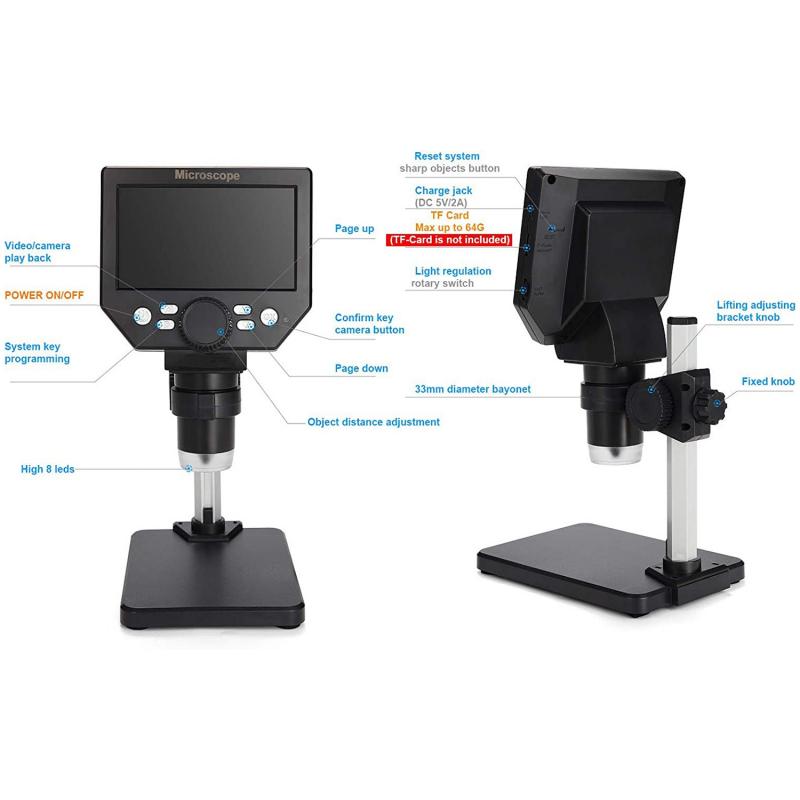
3、 Microscopic examination of fungal hyphae and mycelium
To identify fungi under a microscope, there are several steps you can follow. The first step is to prepare a slide by placing a small piece of the fungal sample onto a glass slide and adding a drop of water or a staining solution. This will help to visualize the fungal structures more clearly.
Next, using a microscope with appropriate magnification, observe the sample. Look for fungal hyphae, which are thread-like structures that make up the fungal mycelium. Hyphae can vary in size, shape, and color, so it is important to carefully examine the sample. Pay attention to the presence of septa (cross-walls) in the hyphae, as this can help identify different fungal groups.
Additionally, look for reproductive structures such as spores or fruiting bodies. Spores can be unicellular or multicellular and can have different shapes and sizes depending on the fungal species. Fruiting bodies, such as mushrooms or molds, can also provide important clues for identification.
It is also helpful to use staining techniques to enhance the visibility of fungal structures. For example, using a lactophenol cotton blue stain can help to highlight the cell walls and reproductive structures of fungi.
Lastly, it is important to consult reference materials or seek expert advice to accurately identify the fungi. Fungal identification can be challenging, as many species have similar characteristics. Therefore, it is crucial to stay updated with the latest taxonomic and morphological information to ensure accurate identification.
In recent years, molecular techniques such as DNA sequencing have become increasingly important in fungal identification. These techniques can provide more precise and reliable results, especially for closely related species. However, microscopic examination remains a valuable tool in fungal identification, as it allows for the direct observation of fungal structures and can provide important insights into their morphology and ecology.
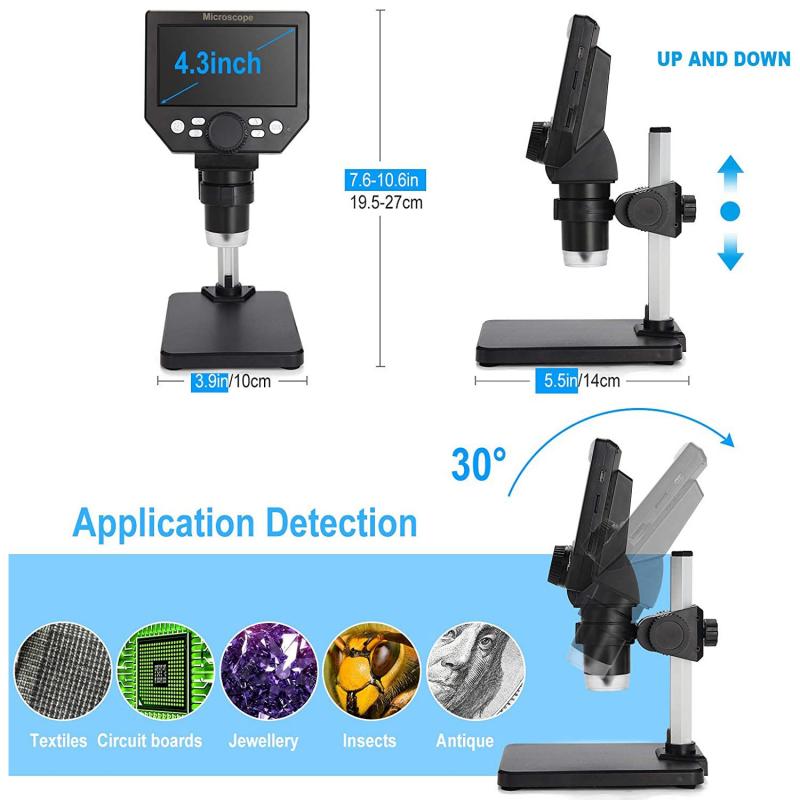
4、 Differentiating fungal species through microscopic examination of reproductive structures
To identify fungi under a microscope, one must focus on differentiating fungal species through the examination of their reproductive structures. Fungi reproduce through spores, and these spores can vary significantly between species, making them a key characteristic for identification.
The first step is to prepare a slide with a small sample of the fungus. This can be done by placing a small piece of the fungus on a glass slide and adding a drop of water or a staining solution to help visualize the structures more clearly. Once the slide is prepared, it can be observed under a microscope.
The main reproductive structures to look for are spores, which can be found in various forms such as conidia, ascospores, or basidiospores. These spores can have distinct shapes, sizes, and arrangements, which can help differentiate between different fungal species. Additionally, the presence of specialized structures like fruiting bodies, such as mushrooms or puffballs, can also aid in identification.
It is important to note that the identification of fungi under a microscope can be challenging, as many species may have similar-looking spores. Therefore, it is recommended to consult specialized literature or seek expert advice to confirm the identification. Furthermore, recent advancements in molecular techniques, such as DNA sequencing, have provided a more accurate and reliable method for fungal identification. These techniques can help identify fungi based on their genetic makeup, providing a more comprehensive understanding of fungal diversity.
In conclusion, identifying fungi under a microscope involves differentiating species through the examination of their reproductive structures, particularly spores. However, it is crucial to consider the limitations of microscopic identification and to utilize complementary techniques, such as molecular methods, for a more accurate and comprehensive identification of fungal species.
